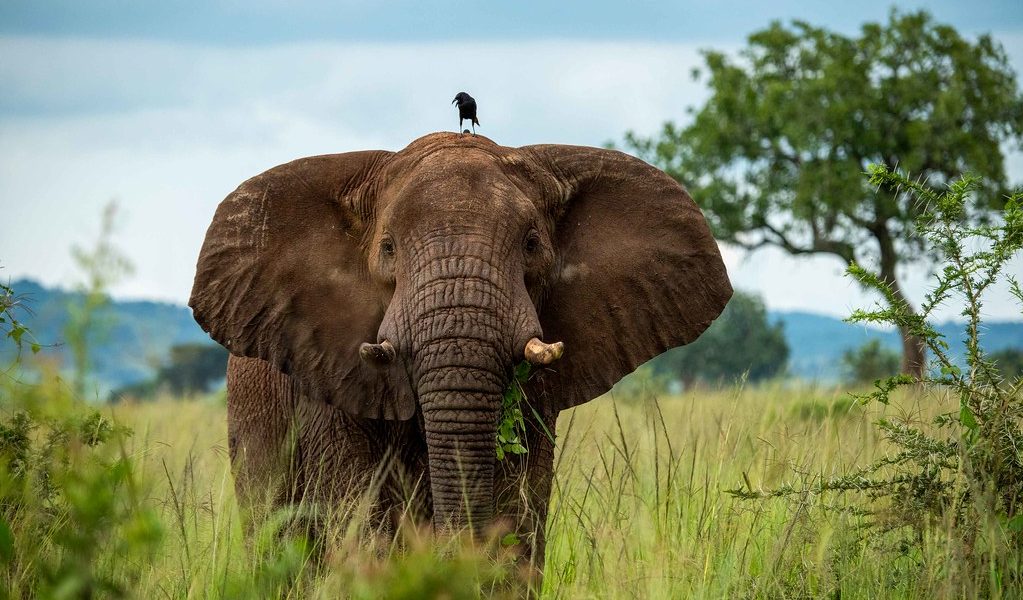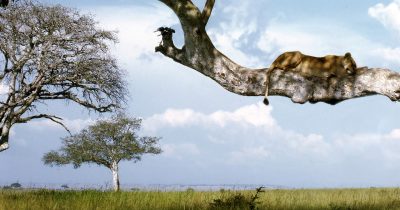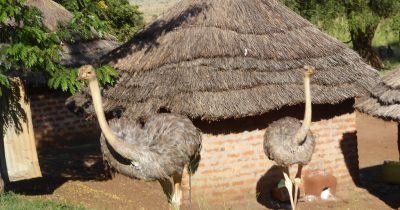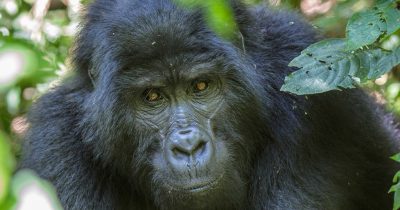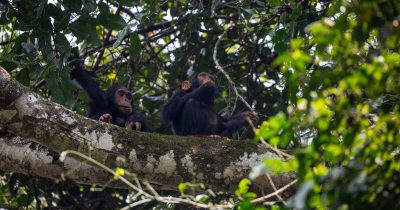Welcome to Kidepo Valley National Park – the most isolated national Park in Uganda. The park is best for wildlife safaris and cultural tours. Named the third best National Park in Uganda, it was established in 1962 just when Uganda attained its Independence, Kidepo Valley National Park is located in North Eastern Uganda in Kaabong District and about 510 kilometers away from Kampala the Capital of Uganda. It is an isolated gem situated in the wilderness far away from most of Uganda’s National Parks that are closely located in the Western Region of Uganda.
Amazing savannah vegetation
Kidepo is largely covered by savannah vegetation and neighbors a few mountainous landscapes. It is the most virgin park in the country and in it, you will be able to find most of the extinct animals in that they can’t be sighted in any Ugandan national parks apart from Kidepo. It harbors Lions, Leopards, Elephants, and Rhinos which are part of the big 4 safari mammals, this shows how naturally blessed it is.
Kidepo translated as “to pick” from the local dialect derives its name from Kidepo Valley. The park experiences a semi-arid climate with temperatures going as high as 400c in a day, these high temperatures have however not hindered the growth of the savanna vegetation and the stay of the numerous wildlife species harboring within the area.
A visit to the wilderness within Kidepo is remarkably unforgettable as you will get to see it once you set foot on its soil. Comprising of a vast number of species, Kidepo has about 1000 herds of buffaloes which are part of the 75 animal species and over 470 bird species.
The region only experiences one rainy season annually and this happens during April and September, during this time the vegetation is very green and the various plants become vibrant though when the rains are so heavy, the valley often floods and only the strong can endure staying there. However, during the long dry spells the vegetation withers and often dries out. The seasonal Kidepo River serves as a water source for the animals though during the dry season, it dries up and forces animals to move to the Narus Valley for survival.
Tourist attractions in Kidepo Valley National Park
Apoka Tourism Center
This is where the main entrance to the park is located, located on a hill with amazing scenic views of the park’s animals and a man-made dam that was built to offer water to the animals during the dry season. Accommodation facilities are also found here like Apoka Safari Lodge, which also has an airstrip where light flights can land. The park’s headquarters are also found here, therefore all administrative duties are carried out from here. On your visit to the park, you will pass by this center.
The Karamojong People
These are nomadic pastoralists living within the Karamojong region. They mostly rear cattle and live in manyatta which are a group of houses belonging to the same family and constructed in the same area. Their pride is in how many herds of cattle they own. Due to this, they acquired guns which they used to protect and steal cattle from each other through cattle rustling, however recently the government confiscated their guns and they stole most of their cattle which led to famine in the area.
Narus Valley
Narus means muddy or soggy in the Karimojong language. Despite being a semi-arid area, the soil in this valley retains water for a very long time, it doesn’t easily get drained, and therefore it has swaps and oases within it. When it rains heavily, the Narus River floods and drains its waters into the valley which in the long run acts as a water source for the Karimonjong and their herds of cattle.
The valley is a favorite spot for most animals like buffaloes, giraffes, and waterbucks thus ideal for game drives.
Mount Morungole
Located in the Southern part of Kidepo Valley, it’s the source of rivers Kidepo and Narus that flow through the valley. It also acts as a sacred place for the IK people who also referred to it as their ancestral home.
The IK people
A minority indigenous group in Uganda lives on the Karamojong plains after losing their land to wildlife. They take pride in childbearing and see it as a blessing from their ancestors. They therefore live polygamous lives and have high levels of teenage marriages. Their homesteads are on the slopes of Mount Morungole.
Activities carried out in Kidepo Valley National Park
Game Drives
Driving across the valley is a mesmerizing experience as you get the opportunity to visit any of the 80 animal species and vast savanna grasslands spread across the valley floor. The Valley is relatively flat and therefore the rides are not that bumpy, for the best experience it is best to use a customized safari vehicle.
Game drives are mostly done at the game viewing spots like Narus Valley and when carried out very early in the morning, you will be able to view some of the nocturnal animals like leopards, and cheetahs. In the grasslands, you will see herds of buffaloes, zebras, gazelles, elephants, and lots more grazing.
Bird Watching
The savanna grasslands attract a variety of birds from different zones of the world especially those from North Africa. With almost 450 bird species, around 50 of them are only found in the Karamoja region. The unique birds sighted across the Karamoja region are satisfactory to bird lovers.
Hiking mount Morungole
This is one way of reducing your calories while experiencing an adrenaline rush adventure. Hiking to the top is the goal because while here you get a clear aerial view of the park and its different features like Narus Valley. The hike starts very early in the morning before the hot sun rays penetrate the region. The scene also offers chances of capturing great photographic moments.
Cultural Visits
Pay a visit to any of the two communities living near the park, the Karamojong and Ik people, and notice how differently they manage to survive on earth. They also have different ways of living and associating with their families and communities.
Best time to Visit and How to get there
The best time to visit is during the dry season which runs from September to March and this is when most of the animals are in the park because during the rainy that occurs only once a year, the valley tends to flood, and hence most animals run away to survive. The Park can be accessed by road and it is about 600km kilometers from Kampala. By air, there are daily scheduled and charter flights from Entebbe Airport to the Airstrip at Apoka.
